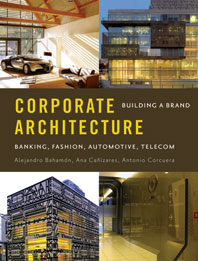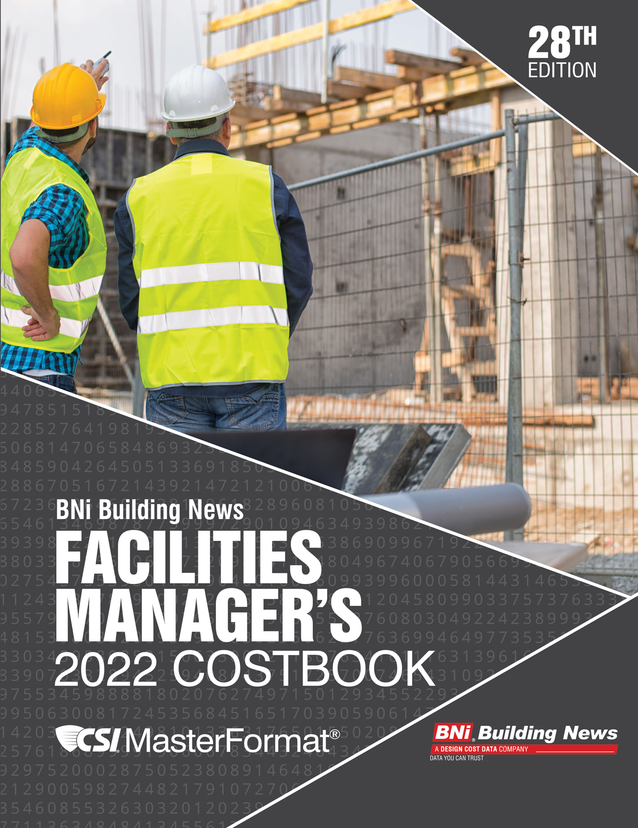Just as other cities around the country are experimenting with ways to streamline the plan review and permit process, New York City, a trendsetter in this respect, is clamping down on its practice of allowing architects to self-certify building plans.
In an effort to save architects time, Oregon is taking Portland’s “e-permit” online submission tool statewide. Los Angeles has unveiled the Guaranteed Express Permit Program, which aims to serve walk-in customers with small projects within 30 minutes and issue a permit within 90 minutes, or the application is free. And in Honolulu, the city’s understaffed Department of Planning and Permitting is allowing architects to retain private firms to inspect their building plans and report those plans certified—a system that it calls “third-party review.”
New York City’s Department of Buildings (DOB) initiated self-certification in 1995 to help ease a permit backlog and stimulate development. Officially known as “professional certification,” the practice allows architects and engineers to confirm that their plans are compliant with applicable laws, rather than submit plans to DOB inspectors. Designers contend that inspecting their own plans saves time and is therefore a valuable marketing tool. “It can save three or four months, and these are big numbers,” says Marvin Meltzer, a partner at the firm Meltzer-Mandl. Forty-eight percent of the 7,000 new building applications submitted in 2006 were self-certified.
But the city has learned the hard way that self-certification can make it easier for some people to take liberties with building codes and zoning restrictions. Last year, for instance, it discovered that Brooklyn-based architect Robert Scarano was skirting height restrictions by mislabeling whole floors as mezzanines. Safety concerns, while not necessarily due to the fact that Scarano self-certified his plans, have since prompted the city to halt construction on roughly 60 of his buildings. Scarano proved to be the tip of the iceberg. An audit conducted by the DOB in 2006 revealed that 57 percent of self-certified new building plans that year failed to comply with building codes.
Arguing that Scarano and other scofflaws receive only a slap on the wrist for their offenses, state lawmakers are moving to put the brakes on self-certification. In August, with the backing of New York City mayor Michael Bloomberg and buildings commissioner Patricia Lancaster, governor Eliot Spitzer signed into law the “self-certification bill.” It enables the DOB to prevent architects from self-certifying if they have misrepresented plans in the past.
“When we put this much responsibility in someone’s hands, without oversight, we have an inherent problem,” says the law’s sponsor, assemblyman James Brennan. “This is intuitively obvious.”
Next up is a bill that seeks to limit self-certification by honest architects, too. It would require a full DOB inspection for plans to add vertical extensions onto existing buildings, a common practice in land-starved New York City. “Developers are returning to the roofs of buildings as space becomes more limited,” says Linda Rosenthal, who introduced the bill into the State Assembly. “Most architects are superb professionals, but there are some bad apples and their main concern is not safety but speed.”
Rosenthal’s bill represents the most comprehensive overhaul of self-certification since 1995. It cleared the assembly’s Cities Committee in May and is currently awaiting action from Ways and Means. But some local officials worry that, if passed into law, the measure could have a chilling effect on development.
“It has the potential to slow down the issuance of permits,” Lancaster says, adding that the self-certification law enacted in August is a better tool to combat malpractice and protect the public. “The focus should be on how the city can hold responsible parties accountable and how we can prevent repeat offenders from utilizing the privilege.”
Meltzer, who has certified all of his own buildings during the last 12 years, appears to agree. “The majority of us who know what we’re doing are being punished for the minority who don’t,” he says. “I think the tail is wagging the dog.”
But proponents of curtailing self-certification contend that safety is their main concern. “More eyes on building plans mean more safety,” Rosenthal says. It’s a sentiment that Brennan shares: “In a perfect world, the Buildings Department would review everything.” It remains to be seen whether or not other cities nationwide will agree and, once again, follow New York’s lead.





Post a comment to this article
Report Abusive Comment